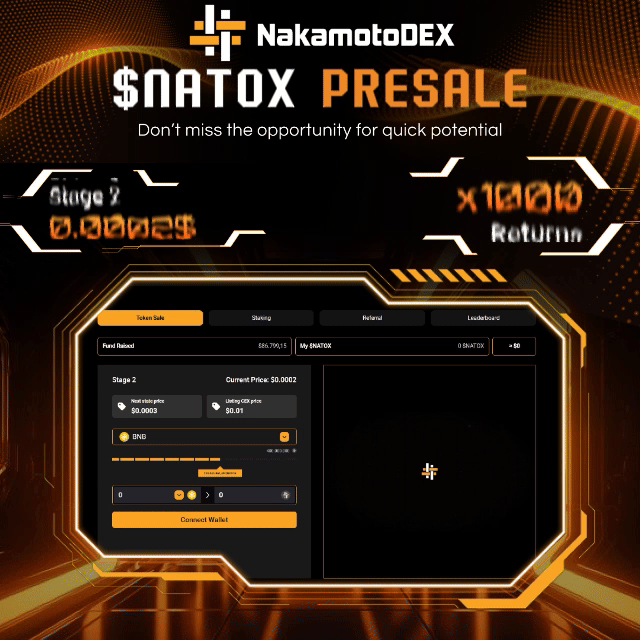Are you a veteran or an active-duty service member dreaming of owning a home? If so, a VA loan mortgage could be the perfect solution for you. These loans, backed by the Department of Veterans Affairs (VA), offer numerous benefits and opportunities for those who have served our country. However, to take advantage of this incredible program, you need to understand how to qualify for a VA loan mortgage. In this article, we will guide you through the process step by step, providing valuable tips and insights along the way.
Understanding VA Loan Mortgages
Before diving into the qualifying process, let’s take a moment to understand what VA loan mortgages are and why they are so beneficial. VA loan mortgages are home loans available exclusively to veterans, active-duty service members, and certain surviving spouses. These loans are backed by the VA, which means that lenders are protected in case of default. This guarantee allows lenders to offer favorable terms and conditions to borrowers, making homeownership more accessible.
Steps to Qualify for a VA Loan Mortgage
Checking Eligibility Requirements
The first step towards qualifying for a VA loan mortgage is to determine if you meet the eligibility criteria. Generally, veterans, active-duty service members, National Guard members, and reservists who meet specific service requirements are eligible. Surviving spouses of veterans who died in service or as a result of a service-related disability may also qualify. To determine your eligibility, you can visit the VA website or consult with a VA-approved lender.
Obtaining a Certificate of Eligibility (COE)
Once you have confirmed your eligibility, the next crucial step is to obtain a Certificate of Eligibility (COE). The COE is a document that proves to lenders that you are eligible for a VA loan mortgage. You can apply for the COE online through the VA’s eBenefits portal, or your lender may assist you in obtaining it. The COE will outline your entitlement, which determines the maximum loan amount you are eligible for.
Meeting Credit Score and Income Requirements
While VA loan mortgages are known for their flexibility, lenders still consider credit scores and income when evaluating loan applications. Although there is no specific minimum credit score requirement set by the VA, most lenders prefer borrowers with a credit score of 620 or higher. It’s also essential to have a stable income that demonstrates your ability to repay the loan. Lenders typically evaluate your debt-to-income ratio, which should ideally be below 41%.
Completing the VA Loan Application Process
Once you have met the eligibility requirements and gathered the necessary documents, it’s time to complete the VA loan application process. Working with a VA-approved lender who has experience with VA loan mortgages is highly recommended. They will guide you through the paperwork, including the Uniform Residential Loan Application (Form 1003). Be prepared to provide details about your income, employment history, assets, and debts. The lender will also order a VA appraisal to determine the value of the property you wish to purchase.
Frequently Asked Questions (FAQs)
What are the minimum credit score requirements for a VA loan mortgage?
While the VA does not set a minimum credit score requirement, most lenders prefer borrowers with a credit score of 620 or higher. However, some lenders may be more flexible and consider applicants with lower credit scores if they can demonstrate other compensating factors, such as a stable income and a good repayment history.
Can non-veterans qualify for a VA loan mortgage?
No, VA loan mortgages are specifically designed for veterans, active-duty service members, and certain surviving spouses. Non-veterans are not eligible for this type of loan.
Are there any restrictions on the property types that qualify for a VA loan mortgage?
Generally, VA loan mortgages can be used to purchase a variety of property types, including single-family homes, condominiums, townhouses, and multi-unit properties (up to four units). However, the property must meet VA’s minimum property requirements (MPRs) and be considered safe, structurally sound, and suitable for habitation.
Can a VA loan mortgage be used for refinancing existing mortgages?
Yes, VA loan mortgages can also be used for refinancing existing mortgages through the VA’s Interest Rate Reduction Refinance Loan (IRRRL) program. This program allows eligible borrowers to refinance their current VA loan to obtain a lower interest rate or switch from an adjustable-rate mortgage to a fixed-rate mortgage.
What are the advantages of VA loan mortgages over conventional mortgages?
VA loan mortgages offer several advantages over conventional mortgages. These include no down payment requirement (in most cases), no private mortgage insurance (PMI) requirement, competitive interest rates, flexible credit requirements, and the ability to finance certain closing costs. Additionally, VA loan mortgages have fewer restrictions on income and employment history compared to conventional loans.
How long does the VA loan mortgage approval process take?
The timeline for VA loan mortgage approval can vary depending on various factors, such as the lender’s efficiency, the complexity of the application, and the availability of required documents. On average, the approval process can take between 30 to 45 days. However, it’s crucial to stay in close communication with your lender and promptly provide any additional information they may request to expedite the process.
Tips to Improve Your Chances of Qualifying
Qualifying for a VA loan mortgage can be a smooth process if you follow these helpful tips:
-
Maintain a good credit score: Regularly review your credit report, pay bills on time, and keep credit card balances low to improve your creditworthiness.
-
Save for a down payment, if applicable: While VA loan mortgages typically require no down payment, saving for a down payment can offer additional flexibility and potentially lower your monthly mortgage payment.
-
Reduce debt and improve debt-to-income ratio: Pay off existing debts and avoid taking on new ones to improve your debt-to-income ratio, making you more attractive to lenders.
-
Gather necessary documentation: Stay organized and gather all the required documents, such as proof of income, bank statements, and tax returns, to streamline the application process.
-
Seek professional guidance from VA-approved lenders: Working with experienced VA-approved lenders can provide invaluable support and ensure you navigate the process smoothly.
Conclusion
Qualifying for a VA loan mortgage is an excellent opportunity for veterans, active-duty service members, and eligible surviving spouses to achieve their dream of homeownership. Understanding the eligibility requirements, obtaining a Certificate of Eligibility, meeting credit score and income criteria, and completing the application process are the key steps to securing a VA loan mortgage. By following the tips provided and seeking guidance from VA-approved lenders, you can increase your chances of qualifying and enjoy the benefits this program offers. Take action today and explore the possibilities of a VA loan mortgage – the path to homeownership awaits you.





